RNF2
-
Official Full Name
ring finger protein 2 -
Overview
The polycomb group (PcG) proteins contribute to the maintenance of cell identity, stem cell self-renewal, cell-cycle regulation, and oncogenesis by maintaining the silenced state of genes that promote cell lineage specification, cell death, and cell-cycle -
Synonyms
RNF2;ring finger protein 2;E3 ubiquitin-protein ligase RING2;BAP 1;BAP1;DING;HIPI3;RING1B;RING2;protein DinG;RING finger protein 1B;RING finger protein BAP-1;HIP2-interacting protein 3;huntingtin-interacting protein 2-interacting protein 3;B
Recombinant Proteins
- Human
- Rat
- Zebrafish
- Mouse
- E.coli
- Mammalian Cells
- HEK293
- GST
- His
- T7
- DDK
- Myc
- Non
- Avi
- Fc
- Flag
Background
What is RNF2 Protein?
RNF2 is a protein that acts as an E3 ubiquitin ligase, tagging proteins with ubiquitin to modify their function or mark them for breakdown. This process helps control gene expression by changing how DNA wraps around histones. In cancers like liver cancer, RNF2 is important because high levels often mean more aggressive disease and lower survival chances. Its role makes it a key target in cancer research, as finding ways to inhibit RNF2 might offer new treatment options.What is the Function of RNF2 Protein?
RNF2 functions as an E3 ubiquitin ligase, which means it helps attach ubiquitin molecules to specific proteins. This action can lead to the proteins being broken down or having their activity changed. One of its main roles is modifying histones, which affects how tightly DNA is wound and, in turn, whether certain genes are active or silenced. This is crucial in cell growth and differentiation. In cancer, RNF2 is often overactive, leading to increased tumor growth and spread. Because of its influence on these processes, RNF2 has become a target of interest for developing new cancer therapies.RNF2 Related Signaling Pathway
RNF2 plays a role in signaling pathways that deal with protein tagging and gene control. It uses the ubiquitin-proteasome system to attach ubiquitin to proteins, which can lead to their breakdown or change their function. This affects how genes are turned on or off by changing how DNA interacts with histones. In cancer, RNF2 becomes important because it can affect how tumors grow and survive by altering signals that manage cell behavior. This connection makes RNF2 a potential target for developing cancer treatments.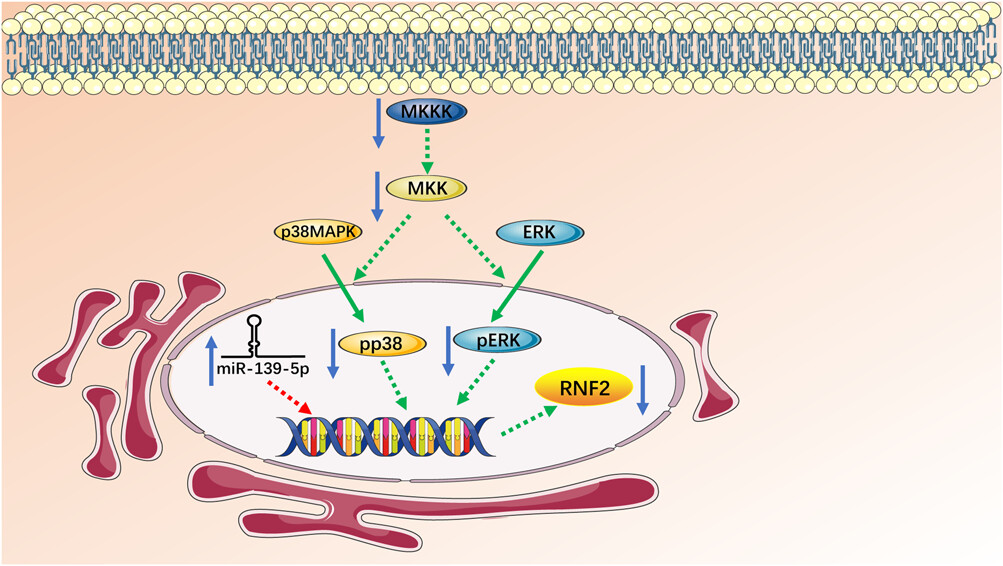
Fig1. The combination of inactivation of MAPK signaling pathway and overexpression of miR-139-5p inhibited the expression of RNF2. (Qi Yan, 2021)
RNF2 Related Diseases
RNF2 is associated with several diseases, mainly cancers like liver, breast, and prostate. It influences gene regulation by attaching ubiquitin to proteins, which can drive tumor growth and make cancers more aggressive. This overactivity in RNF2 can lead to rapid cancer progression, complicating treatment efforts. Besides cancer, RNF2 might play a role in other conditions where controlling cell growth is crucial. By studying RNF2's impact on these diseases, researchers hope to develop new treatments that target this protein to better manage or halt disease development.Bioapplications of RNF2
RNF2 has potential bioapplications mainly in cancer treatment due to its role in protein tagging and gene regulation. By modifying how genes operate, RNF2 can impact tumor growth, making it a target for new cancer therapies that try to interrupt its function to slow or halt cancer progression. Besides cancer, RNF2's influence on cell behavior might be useful in regenerative medicine, where controlling how cells grow and differentiate can aid in tissue healing. Its significant role in important pathways makes RNF2 a key area for medical research and future therapies.Case Study
Case Study 1: Yao L. et al. Cell Death Dis. 2023
RNF2 is an E3 ubiquitin ligase involved in gene repression by modifying histones, but its role in liver cancer (HCC) isn't fully understood. This analysis from the TCGA database and the patient data showed high RNF2 levels in HCC, linking it to aggressive cancer traits and poor outcomes. RNF2 boosts HCC spread by promoting epithelial-mesenchymal transition (EMT), both in labs and live models. It does this by repressing E-Cadherin through histone changes, particularly increasing H2K119ub, which works with other histone modifications to push EMT and cancer spread.-
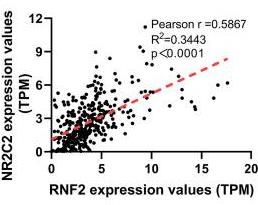 Fig1. Correlation analysis of TCGA-LIHC dataset showed that the expression of RNF2 was positively correlated with NR2C2.
Fig1. Correlation analysis of TCGA-LIHC dataset showed that the expression of RNF2 was positively correlated with NR2C2. -
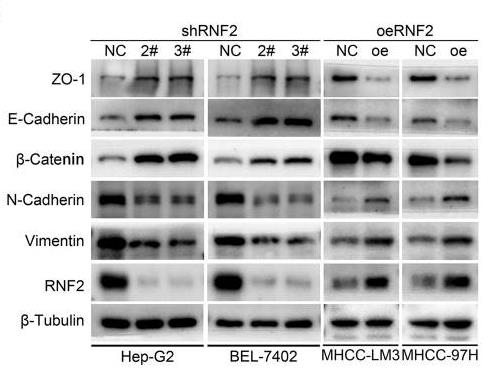 Fig2. Western blot assay results of protein level of EMT related molecules after silencing or overexpressing RNF2 in HCC cell lines.
Fig2. Western blot assay results of protein level of EMT related molecules after silencing or overexpressing RNF2 in HCC cell lines.
Case Study 2: Qu C. et al. Oncotarget. 2017
The earlier research found that low SIK1 levels speed up liver cancer (HCC) growth, but why SIK1 is reduced wasn't clear. Researchers discovered that RNF2 is linked to low SIK1 in HCC tissues. High RNF2 and low SIK1 together point to worse survival rates. Cutting RNF2 reduces tumor growth, while lowering both RNF2 and SIK1 makes tumors grow again. RNF2 acts as an E3 ligase, breaking down SIK1 by interacting directly with it. This means RNF2 negatively affects SIK1, and restoring SIK1 by lowering RNF2 could slow HCC growth and boost cell death, offering a new treatment angle for HCC.-
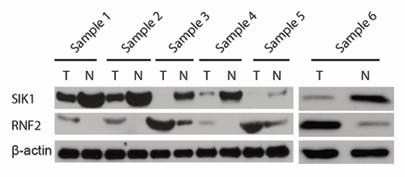 Fig3. RNF2 and SIK1 expression in HCC tissues and paired normal liver tissues.
Fig3. RNF2 and SIK1 expression in HCC tissues and paired normal liver tissues. -
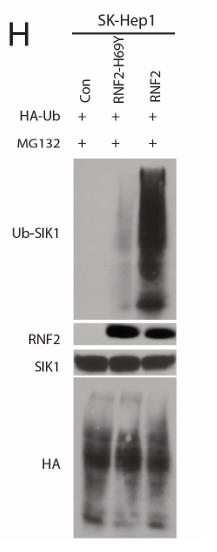 Fig4. Ubiquitination assay of SIK1.
Fig4. Ubiquitination assay of SIK1.
Quality Guarantee
High Purity
-
.jpg) Fig1. SDS-PAGE (RNF2-5035H)
Fig1. SDS-PAGE (RNF2-5035H) -
.jpg) Fig2. SDS-PAGE (RNF2-941HFL)
Fig2. SDS-PAGE (RNF2-941HFL)
Involved Pathway
RNF2 involved in several pathways and played different roles in them. We selected most pathways RNF2 participated on our site, such as Cellular Senescence,Cellular responses to stress,Metabolism of proteins, which may be useful for your reference. Also, other proteins which involved in the same pathway with RNF2 were listed below. Creative BioMart supplied nearly all the proteins listed, you can search them on our site.
| Pathway Name | Pathway Related Protein |
|---|---|
| Cellular Senescence | SCMH1,TERF1,SUZ12A,H1F0,CBX8B,HIST1H1E,CDKN2D,H3F3B.1,PHC3,H3F3D |
| SUMO E3 ligases SUMOylate target proteins | SCMH1,PHC3,EID3,NSMCE1,PHC2,NSMCE4A,NSMCE2,SMC5,RING1,PHC1 |
| Metabolism of proteins | WDR85,TBCA,ZDHHC2,SAE1,DPP4,O3far1,MLEC,F9B,SERP1,NAPG |
| SUMOylation of DNA damage response and repair proteins | PHC3,EID3,SCMH1,PHC2,NSMCE2,CBX8,SMC5,NSMCE4A,NSMCE1,SMC6 |
| Post-translational protein modification | DOHH,SEC16B,SMC6,TRAPPC10,NEU4,DNAJC24,ALG2,B3GALTL,TRAPPC2L,PREB |
| Cellular responses to stress | HSPA12B,MAP1LC3C,BMI1B,HMGA1B,ATG7,CBX4,RPS19BP1,KAT5,HIST1H1B,CHMP4B |
| Oxidative Stress Induced Senescence | PHC3,MINK1,TNIK,CBX6A,KDM6B,CBX4,CBX8B,CBX8,BMI1B,PHC1 |
| SUMOylation | SENP5,PHC1,NSMCE4A,NSMCE1,RING1,UBA2,SMC5,PHC3,EID3,SMC6 |
-
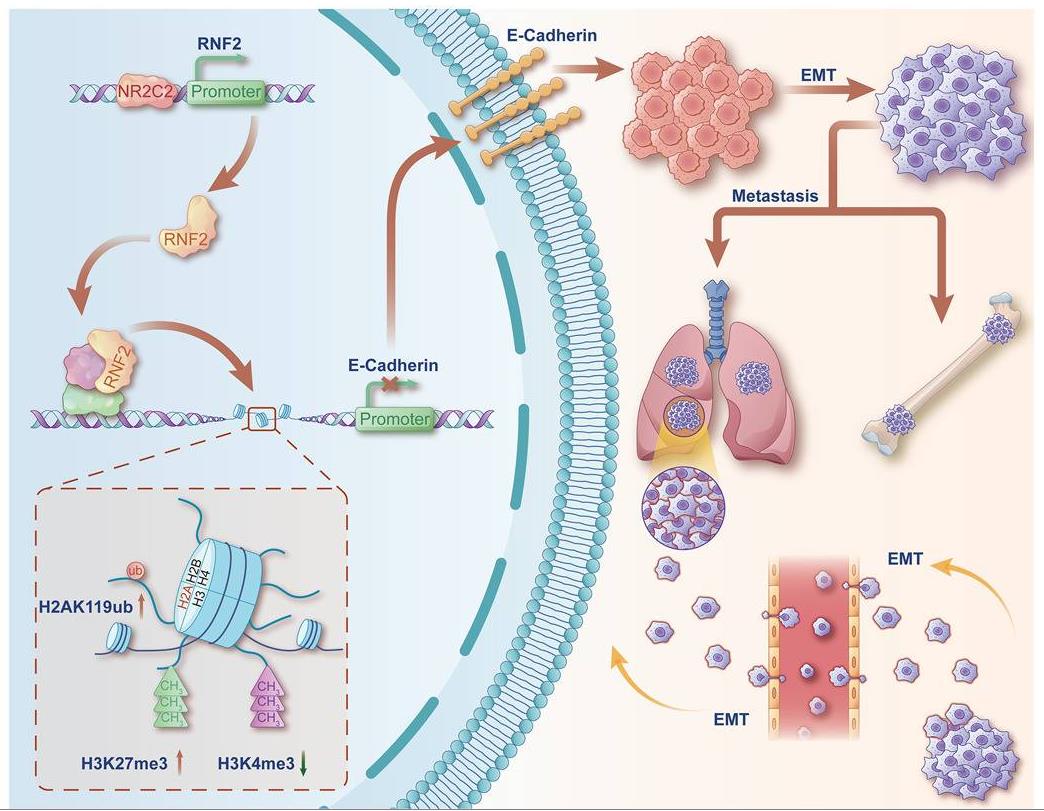 Fig1. Illustration of the regulatory mechanisms of RNF2 in HCC. (Lei Yao, 2023)
Fig1. Illustration of the regulatory mechanisms of RNF2 in HCC. (Lei Yao, 2023) -
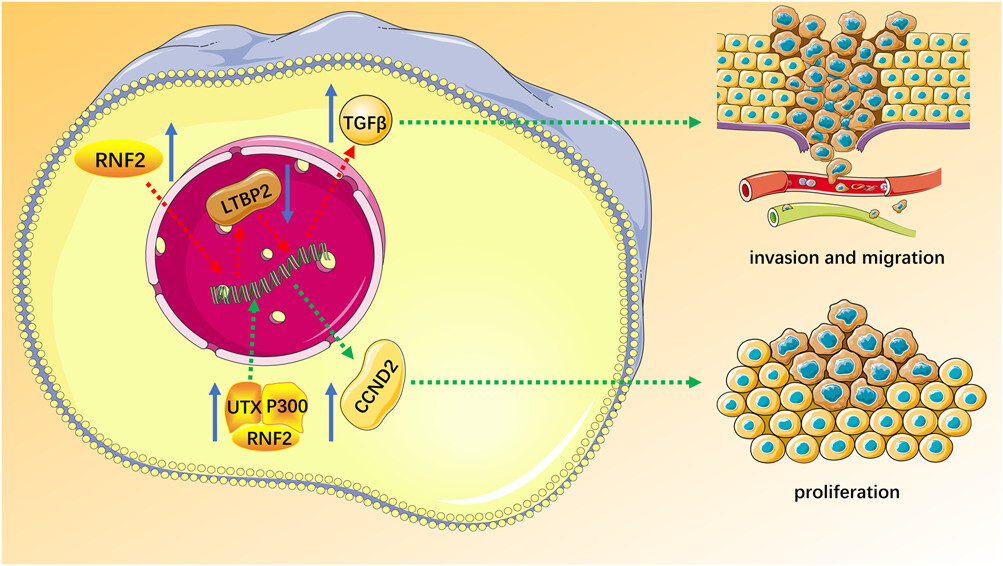 Fig2. RNF2 promoted the production of CCND2 and the activation of transforming growth factor (TGFβ) signal pathway in melanoma. (Qi Yan, 2021)
Fig2. RNF2 promoted the production of CCND2 and the activation of transforming growth factor (TGFβ) signal pathway in melanoma. (Qi Yan, 2021)
Protein Function
RNF2 has several biochemical functions, for example, RING-like zinc finger domain binding,chromatin binding,ligase activity. Some of the functions are cooperated with other proteins, some of the functions could acted by RNF2 itself. We selected most functions RNF2 had, and list some proteins which have the same functions with RNF2. You can find most of the proteins on our site.
| Function | Related Protein |
|---|---|
| ubiquitin protein ligase activity | G2E3,RNF122,UBE2S,CBLC,TRAF6,MED17,TRIM11,RNF144B,RNF19A,CCNC |
| ligase activity | UBR3,CNOT4,BIRC7,RNF14,UBE2KB,RNF182,TRIM6,DTX3,CPS1,UBE2CBP |
| protein binding | GTF2H2C_2,FBXW7,NAPA,LRRC75A-AS1,REST,CLOCKB,MTCH1,CLNK,ARIH2,MYZAP |
| RING-like zinc finger domain binding | BMI1,UBE2I |
| contributes_to ubiquitin-protein transferase activity | IPP,TCEB3,TCEB1A,KLHL21,KLHL29,KBTBD7,BCOR,KEAP1B,TCEB1B,KLHDC7B |
| chromatin binding | SMARCC1,ZEB1,ENY2,NCOA5,DNMT3A,NONO,MTA1,FEZF2,ARNTL1B,GATA2A |
| zinc ion binding | THAP11,ZNF185,MICALL2,PEG10,BHMT2,CCS,MMP25,ZFP346,ADAM10A,LTA4H |
Interacting Protein
RNF2 has direct interactions with proteins and molecules. Those interactions were detected by several methods such as yeast two hybrid, co-IP, pull-down and so on. We selected proteins and molecules interacted with RNF2 here. Most of them are supplied by our site. Hope this information will be useful for your research of RNF2.
BMI1;CBX8;PCGF2
Resources
Related Services
Related Products
References


